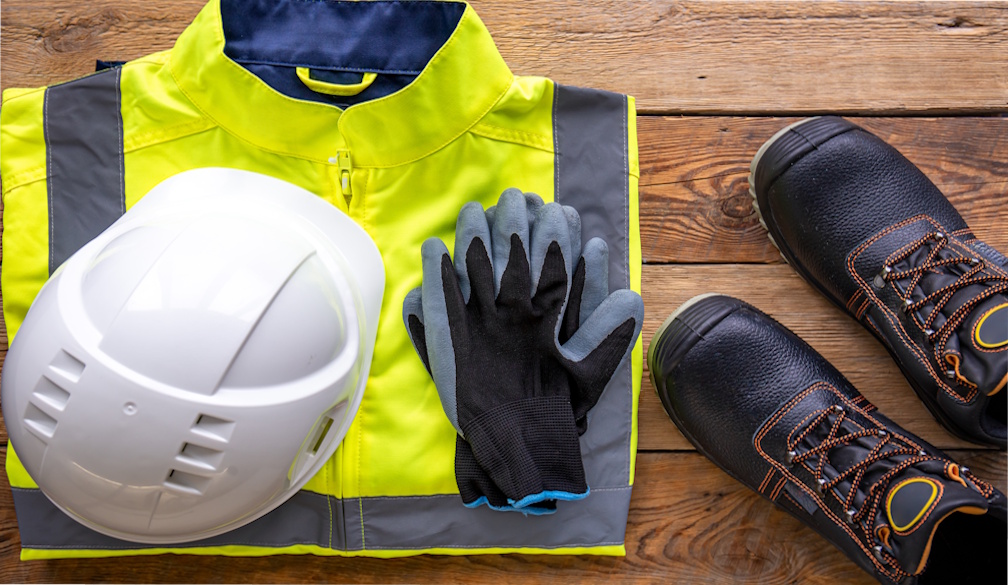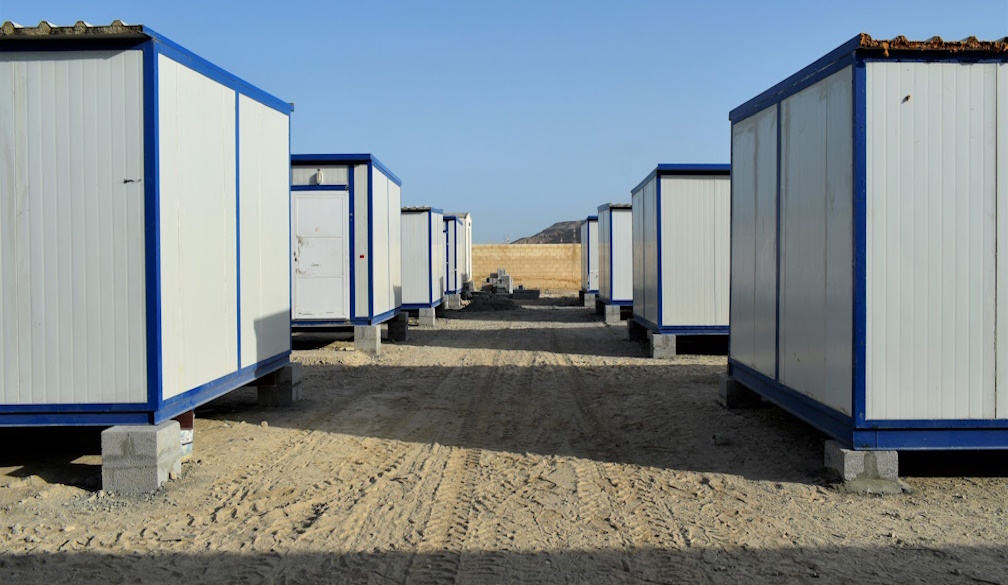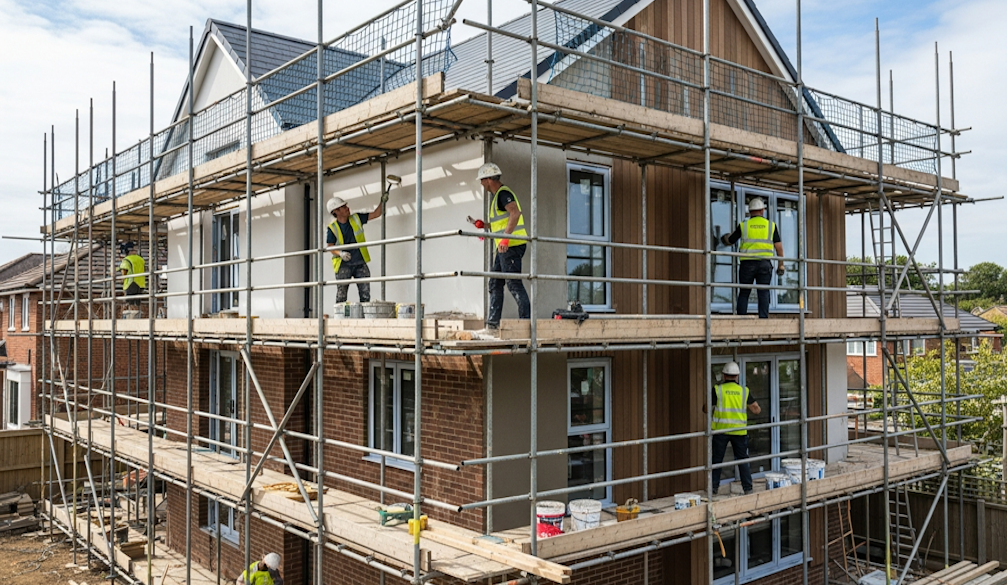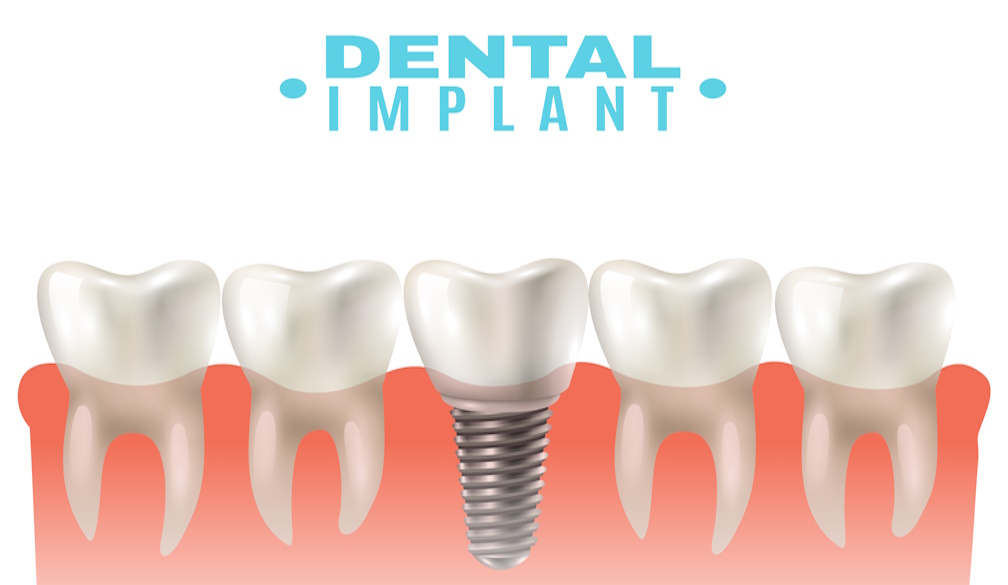5 Tips for Finding a Mortgage Broker in Melbourne
- Written by Modern Australian

So, you’ve decided to buy a home, rather than continue renting. Congratulations! Buying a home in Melbourne is one of the biggest financial investments most people will make in their lifetime.
Finding the right mortgage broker can be key to making sure that your home-buying experience is smooth, stress-free and successful - and that’s why you should find a mortgage broker in Melbourne.
A mortgage broker helps you navigate all of your options when it comes to buying a home. They are not tied to any specific lender or bank, which means they have access to multiple mortgage products from different institutions.
A mortgage broker can assist you with the entire home buying process, including:
Finding your ideal home
Finding the right home is all about knowing what you are looking for, so you can find it quickly.
When you work with a mortgage broker, you can start your search with a pre-approval for a mortgage, which means you’re ready to start looking for a home and have a target price range.
A mortgage broker can also help you navigate the process of finding a real estate agent, or help you decide if you want to work with a real estate agent.
Your mortgage broker can help you decide if you want to buy a house or a unit, a townhouse or a condo. They can help you understand the pros and cons of different housing types based on your needs and lifestyle.
If you are looking in a specific area, your broker can also help you navigate the real estate market there, including questions like, “What is the average price of homes in this neighbourhood?”
Helping you understand your mortgage options
A mortgage broker can help you understand your available mortgage options, including:
· the down payment amount required,
· your monthly payments,
· and how much your home will be worth over time.
There are many types of mortgages available, including fixed, variable, interest-only, shared equity, and others. Your broker can help you decide which mortgage option is best for you, based on your financial situation and future plans.
If you’re a first-time home buyer, you might be eligible for a government-backed mortgage assistance program, including the First Home Owners’ Grant (FHOG). Even if you’re not a first-time home buyer, you might be able to benefit from a government-backed program. Your broker can help you apply for the mortgage program that’s right for you.
Checking your credit and verifying your income
Your mortgage broker will help you understand how your credit history and income affect your mortgage options.
Your broker may ask you to provide your credit history and income verification, so they can make sure you are a good candidate for the mortgage program you want with the lender.
Negotiating with the lender
A mortgage broker can negotiate on your behalf, which means they can help you get a better deal on your mortgage.
If you have chosen a mortgage product and lender, your broker can start negotiating the terms of your mortgage right away.
Your broker can make the process much faster, and the terms of your mortgage better for you. Your broker can help you understand the details of the deal, so you know what you’re getting into.
Summing up
If you’re ready to buy a home, working with a mortgage broker will help you navigate the process and find the best loan for your needs. Your broker can help you understand your options, choose a mortgage product, and negotiate a better deal.
Before you start looking for a broker, it’s a good idea to know what you’re looking for in a broker.
Remember, a mortgage broker is not a lender. A broker will help you find the lender that’s right for your situation, but they don’t actually make the final decision on who you get your mortgage from.
Working with a mortgage broker will help you get a better deal on your mortgage and make the home buying process easier and more manageable, so you can focus on the more important things in life.



















